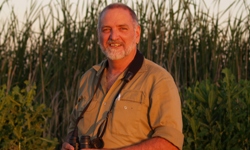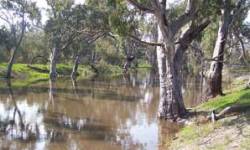 The recent native fish deaths at Menindee in western NSW are symptoms of a global malaise says world leading wetland ecologist Professor Max Finlayson.
The recent native fish deaths at Menindee in western NSW are symptoms of a global malaise says world leading wetland ecologist Professor Max Finlayson.
The Director of Charles Sturt University’s (CSU) Institute for Land, Water and Society believes drainage, pollution, invasive species, unsustainable use, disrupted flow regimes and climate change are all causing the world’s remaining wetlands to suffer.
"While global wetlands cover an area almost as large as Greenland, they are declining fast, with 35 per cent losses since 1970, where data are available," Professor Finlayson said.
"And the plants and animals that live in and depend on wetlands are in crisis, with a quarter of all species at risk of extinction.
 "Yet wetland ecosystem services, ranging from food security to climate change mitigation, are enormous, far outweighing those of terrestrial ecosystems."
"Yet wetland ecosystem services, ranging from food security to climate change mitigation, are enormous, far outweighing those of terrestrial ecosystems."
Professor Finlayson is presenting a webinar that will address the global outlook for wetlands that will be broadcast around the world as part of World Wetlands Day to be held on 2 February.
The presentation commences at 10am on Tuesday 5 February (Australian EST).
Register for the free webinar here.
Professor Finlayson will be joined by Professor Royal Gardner from Stetson University College of Law, Florida, USA. Both researchers are prominent advisers to the international Ramsar Convention, which promotes wetland conservation and wise use. It is at the centre of worldwide efforts to halt and reverse wetland loss.
Both presenters are also lead coordinating authors of the 2018 Global Wetland Outlook published by the Ramsar Secretariat.
The webinar is co-sponsored by the Institute for Biodiversity Law and Policy at Stetson University, and the Ramsar Section of the Society of Wetland Scientists.
Register for the free webinar here.






